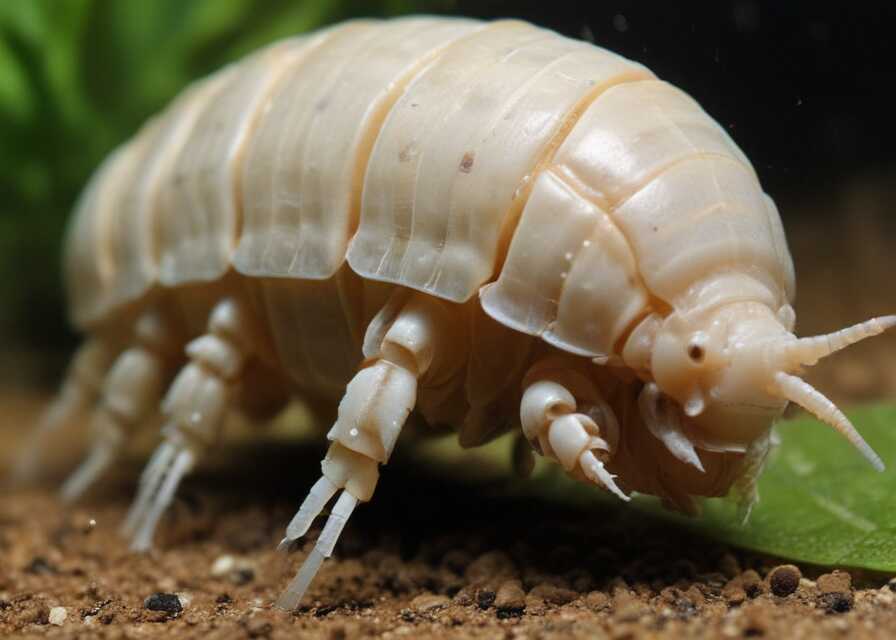
Isopods and orange springtails may not be the first seafood options that come to mind when planning your next meal, but these lesser-known aquatic organisms are gaining recognition for their delicious flavor and environmental benefits. In this blog post, we’ll explore sustainable seafood choices beyond traditional crustaceans, highlighting the importance of diversifying seafood consumption for both our taste buds and the planet.
Diversifying Seafood Consumption
As concerns about overfishing and environmental degradation continue to grow, diversifying seafood consumption has become increasingly important. By exploring alternative aquatic organisms like isopods and orange springtails, we can reduce the pressure on overexploited fish stocks and promote a more sustainable approach to seafood consumption. These lesser-known options offer a delicious and eco-friendly alternative to traditional crustaceans, allowing us to enjoy the flavors of the sea without compromising the health of our oceans.
Environmental Benefits
One of the key benefits of incorporating isopods and orange springtails into our diets is their low environmental impact. Unlike many popular seafood choices, these alternative aquatic organisms are often farmed in closed-loop systems that minimize pollution and habitat destruction. Additionally, their rapid reproduction rates and efficient use of resources make them an environmentally friendly option for seafood lovers looking to reduce their ecological footprint.
Introducing Alternative Aquatic Organisms
Isopods and orange springtails are recently being adapted as pets in a few households. While this may be unfamiliar to many people, but they offer a surprisingly delicious and versatile culinary experience. Isopods, also known as “sea slaters” or “woodlice,” have a mild, slightly sweet flavor that pairs well with a variety of seasonings and sauces. Orange springtails, tiny crustaceans with a bright orange hue, have a delicate texture and a subtle briny taste that complements a wide range of dishes.
Tips for Home Cooking
Incorporating isopods and orange springtails into your home cooking repertoire is easier than you might think. These alternative seafood options can be used in a variety of dishes, from pasta and stir-fries to soups and salads. Experiment with different cooking methods, such as grilling, sautéing, or steaming, to discover new and exciting ways to enjoy these unique ingredients. Don’t be afraid to get creative in the kitchen and explore new flavor combinations that highlight the natural taste of isopods and orange springtails.
READ ALSO: Breathing New Life Into The Past: Unveiling Historic Preservation Architecture Techniques
Conclusion
From tank to table, sustainable seafood choices like isopods and orange springtails offer a delicious and eco-friendly alternative to traditional crustaceans. By diversifying our seafood consumption and exploring lesser-known options, we can reduce the pressure on overexploited fish stocks and promote a more sustainable approach to seafood production. Whether you’re a seasoned chef or a novice home cook, incorporating isopods and orange springtails into your culinary repertoire is a tasty way to support healthy oceans and delicious meals.

